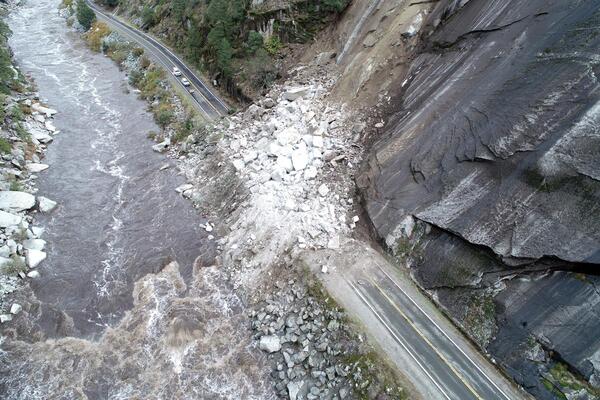Landslide susceptibility map generated using RegionGrow3D
Landslide susceptibility map generated using RegionGrow3DLandslide susceptibility is commonly assessed using physics-based slope stability models. However, modeling the three-dimensional (3D) mechanics of discrete landslides, on a regional scale, remains challenging.

















